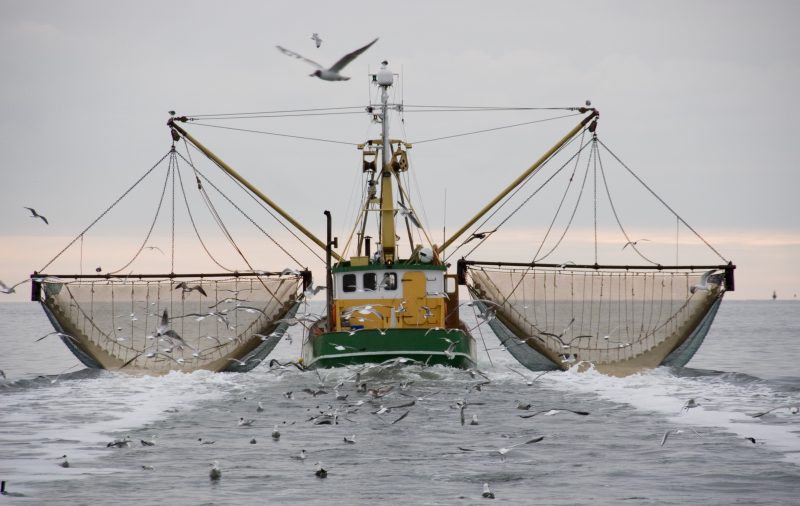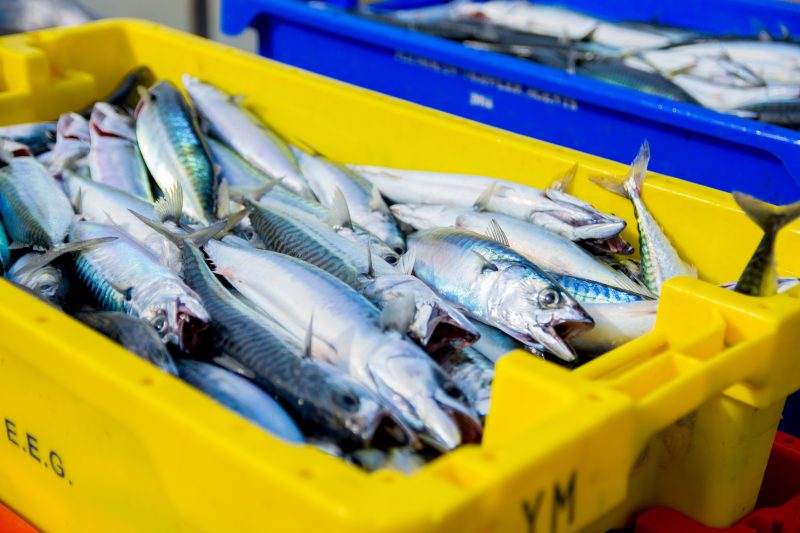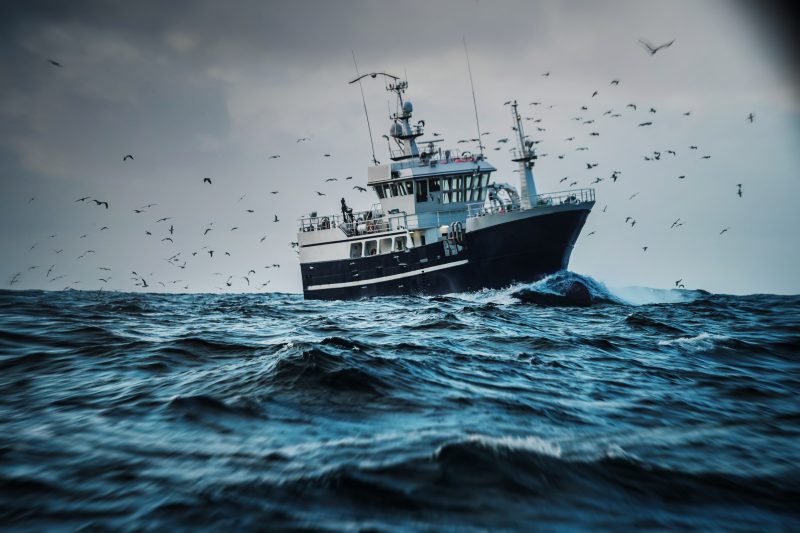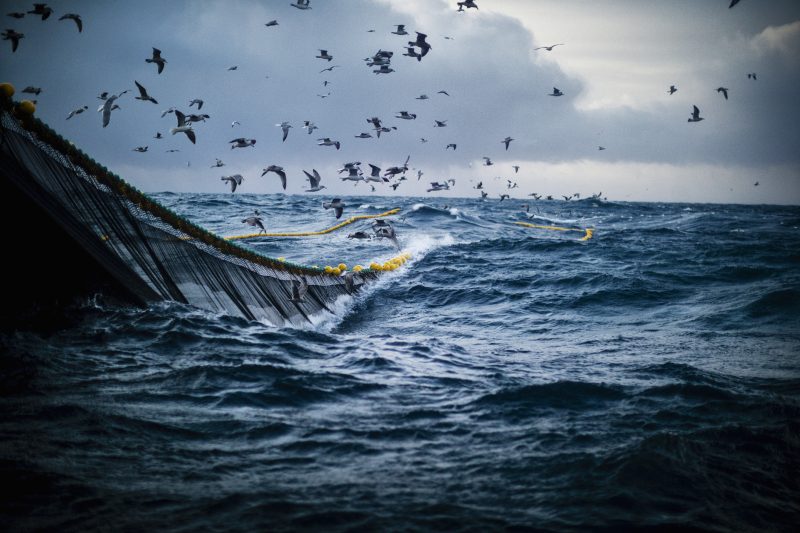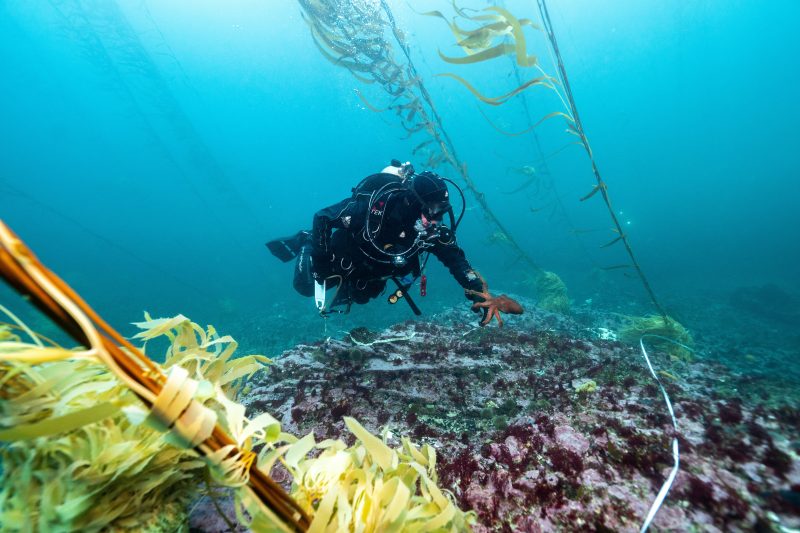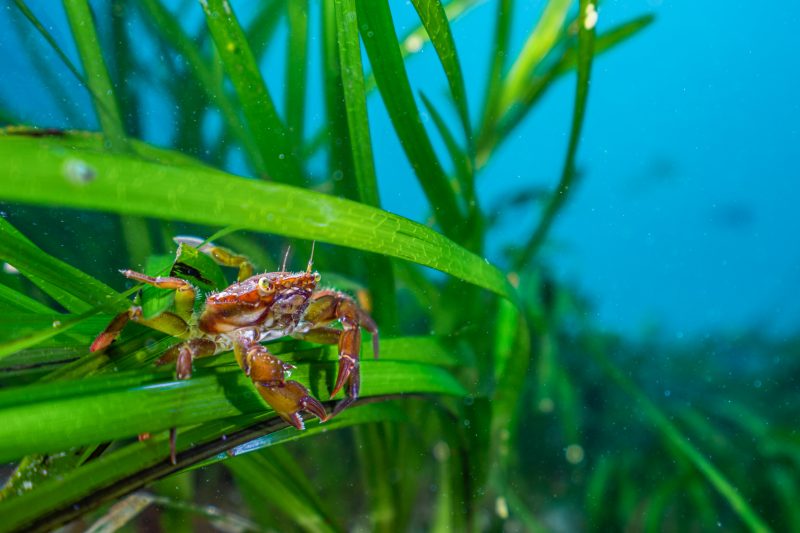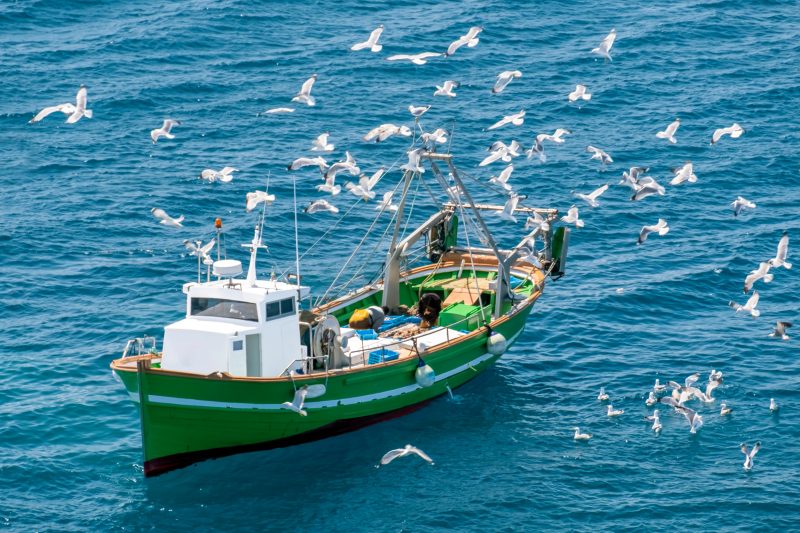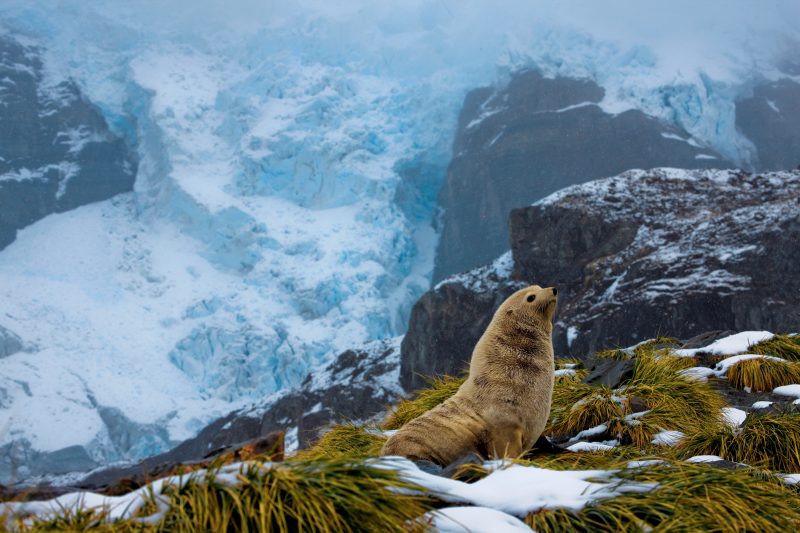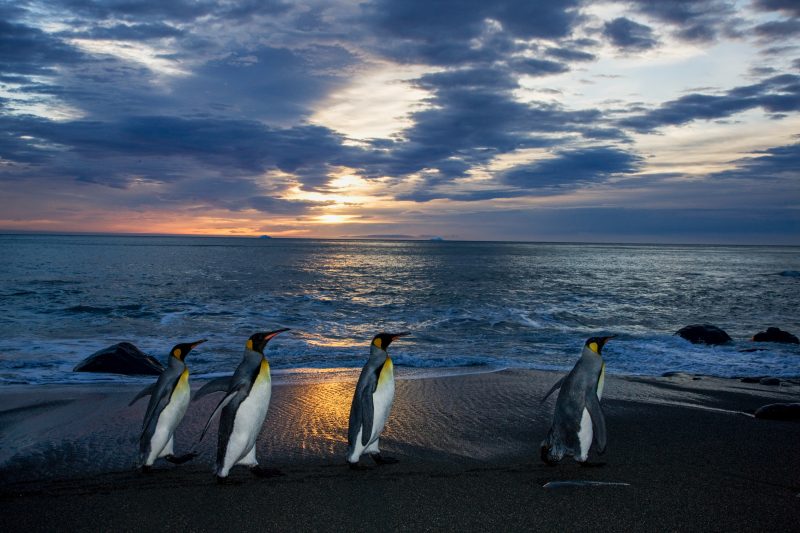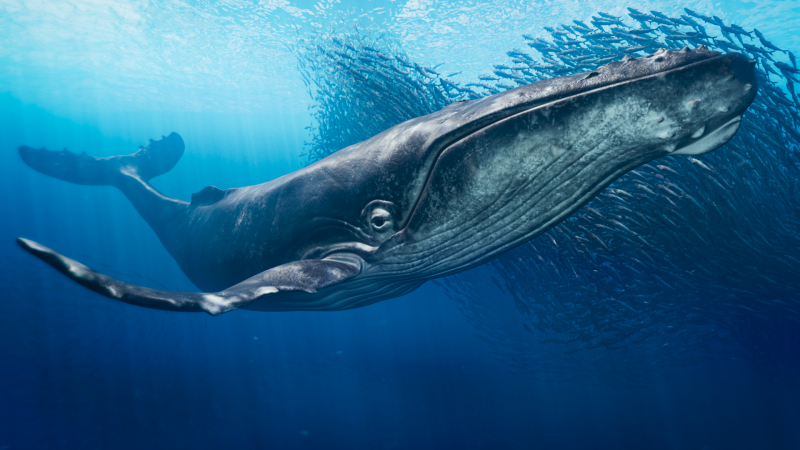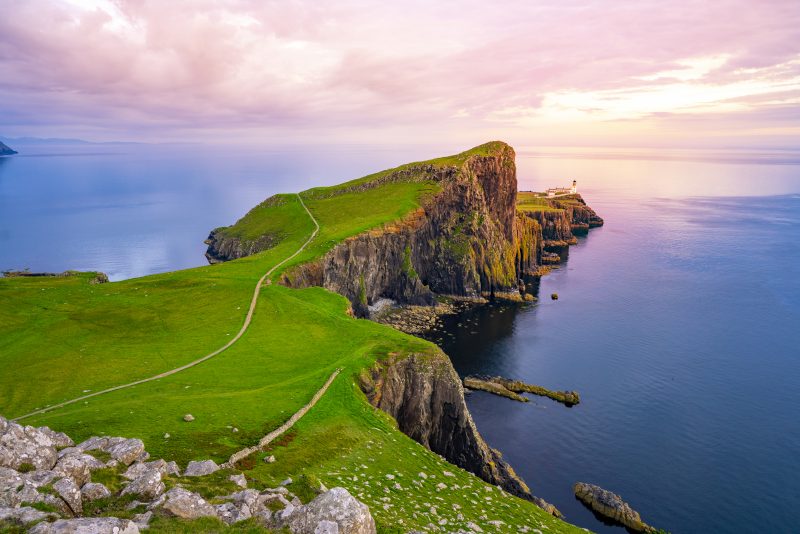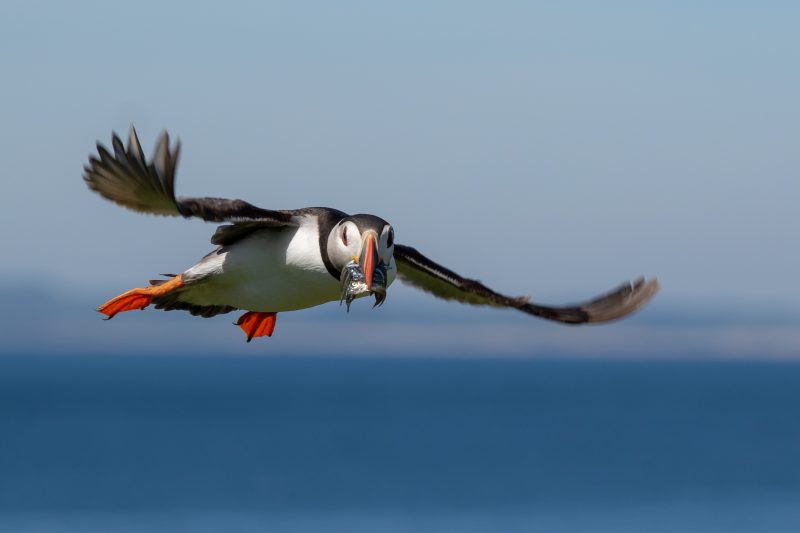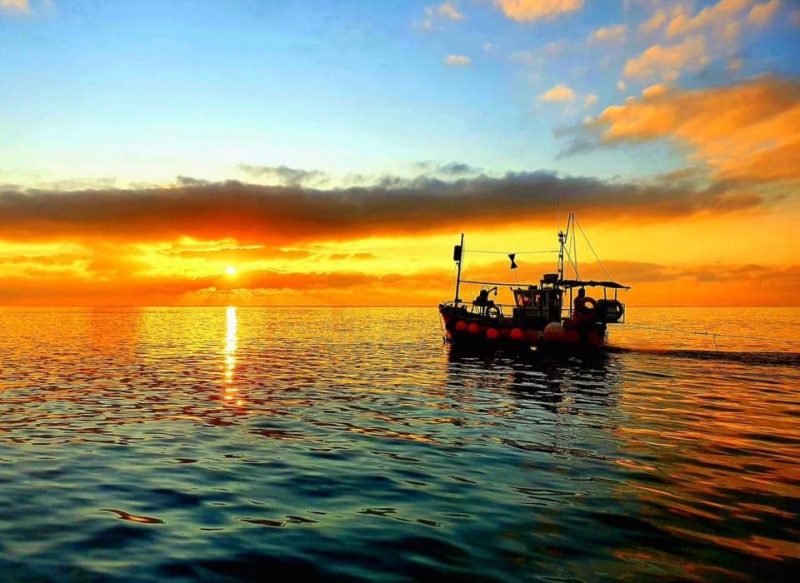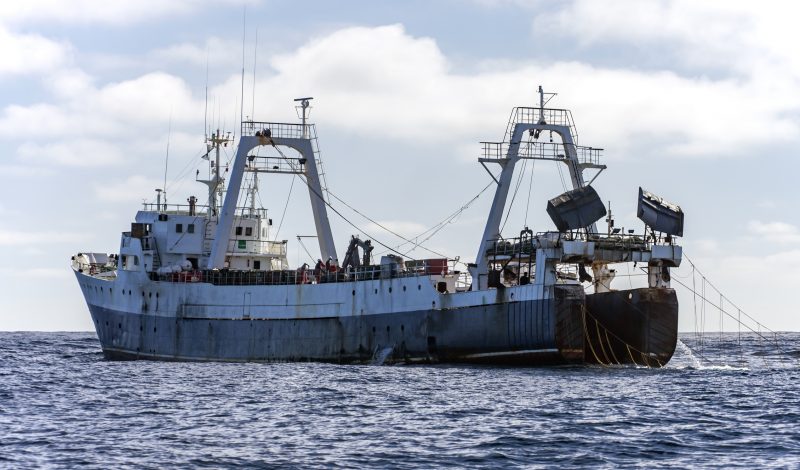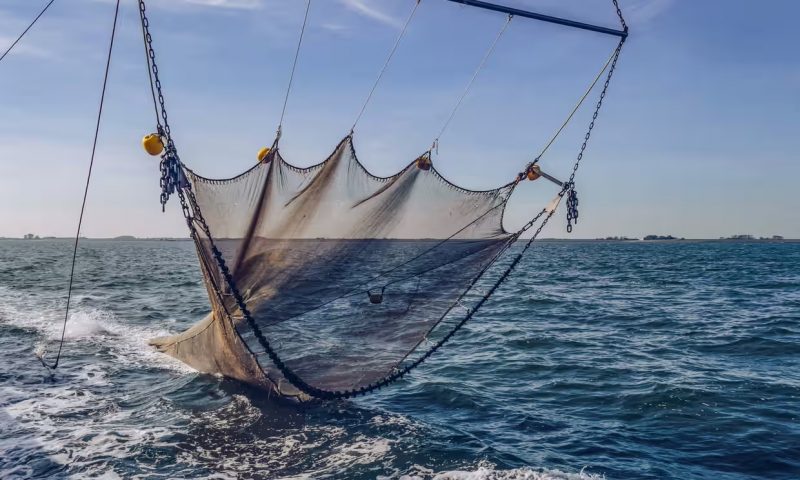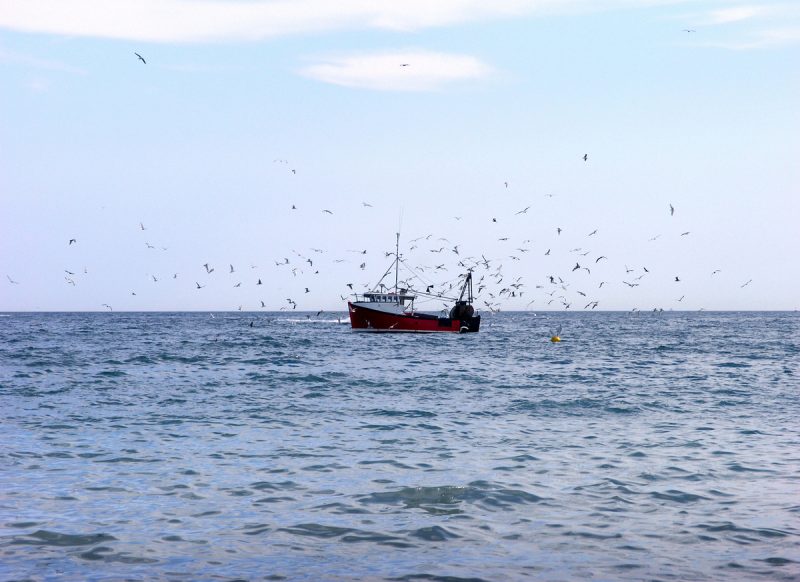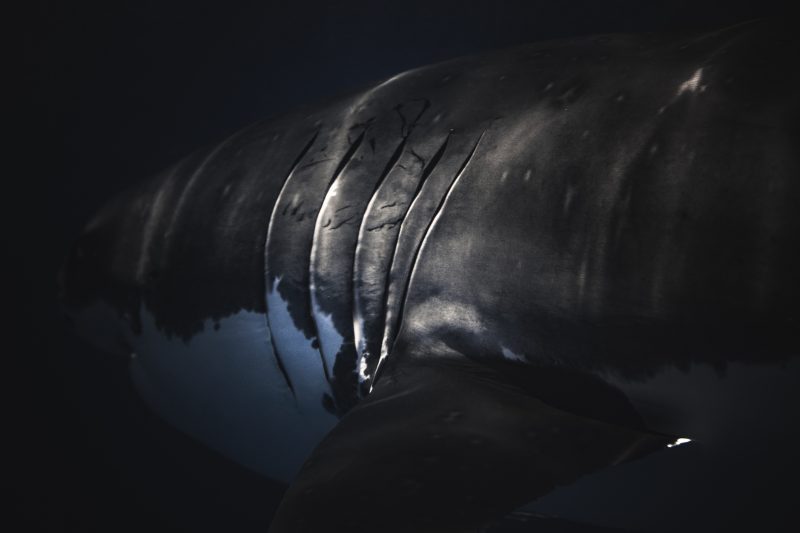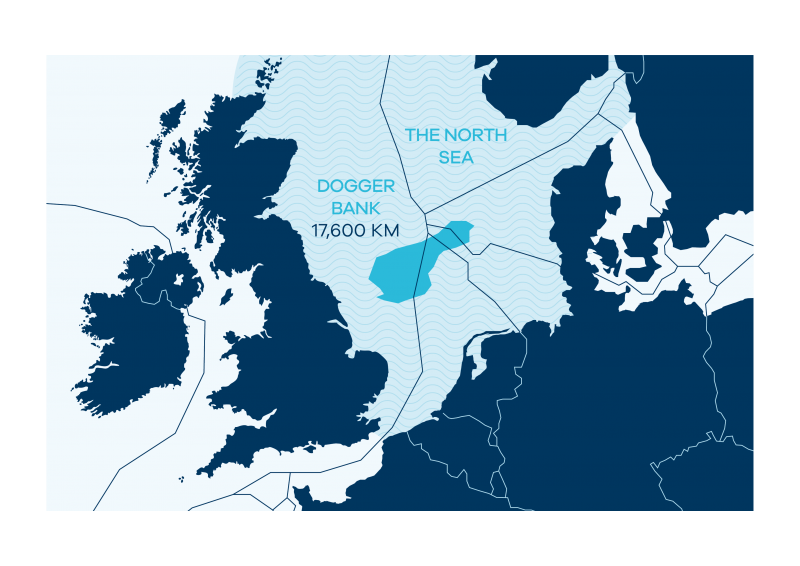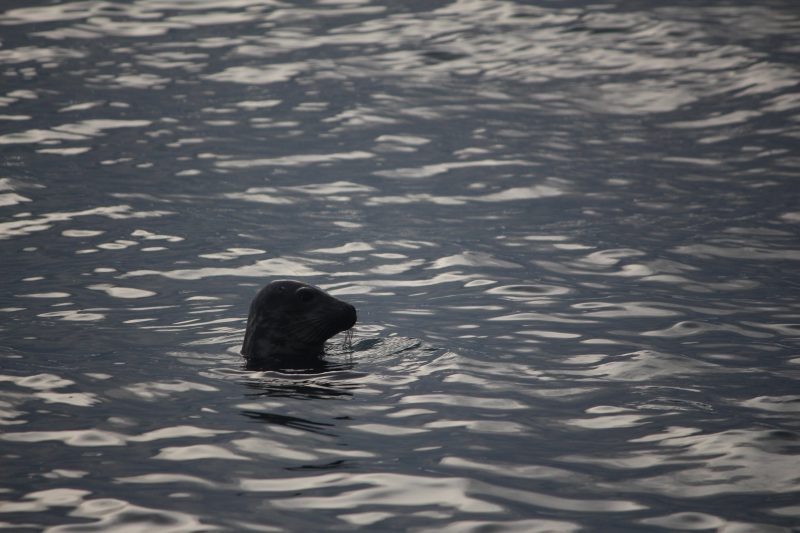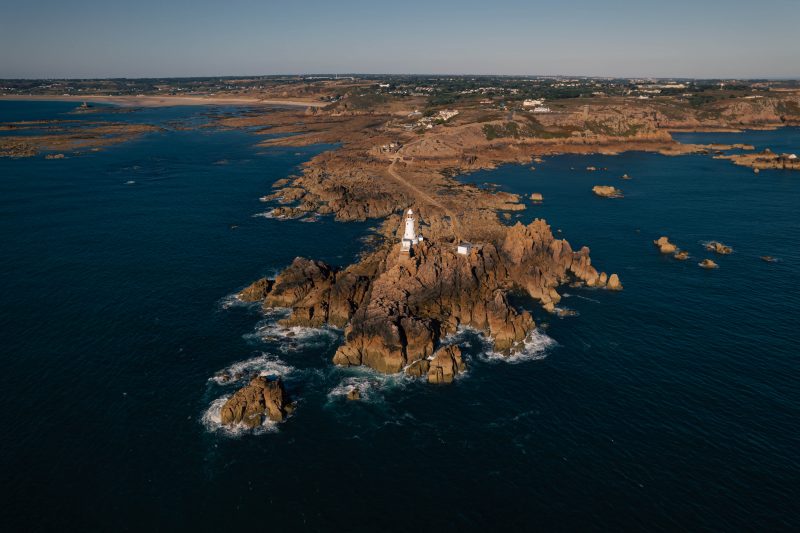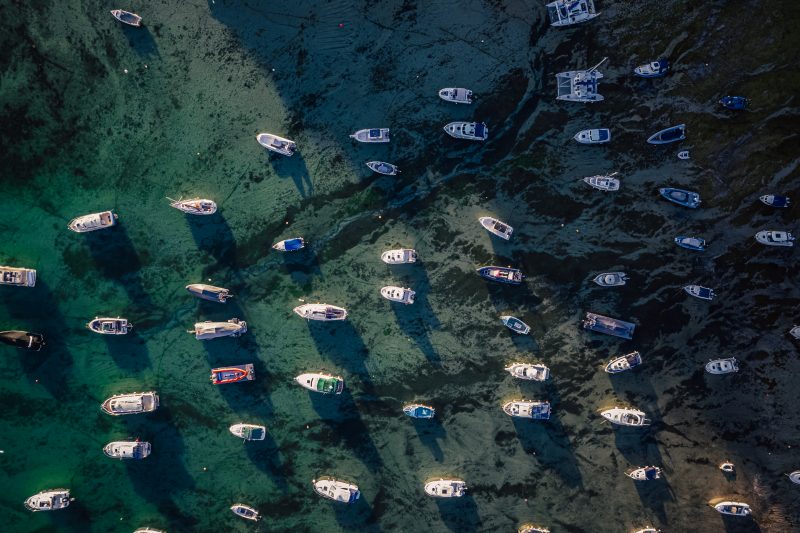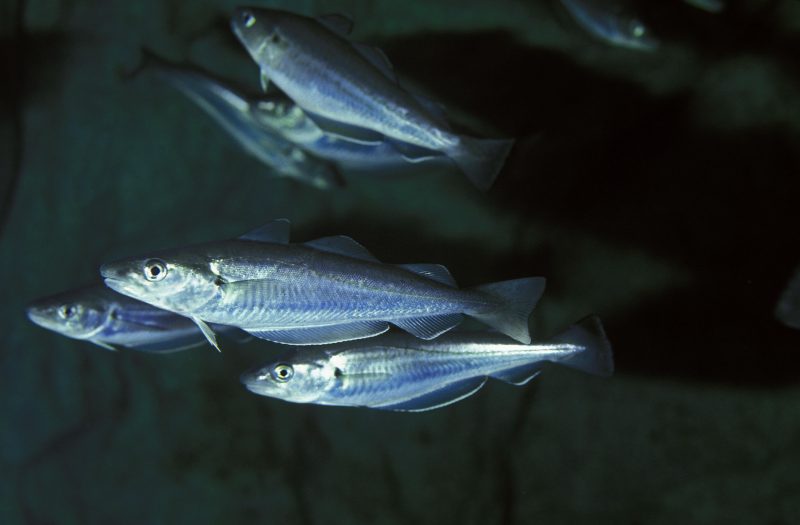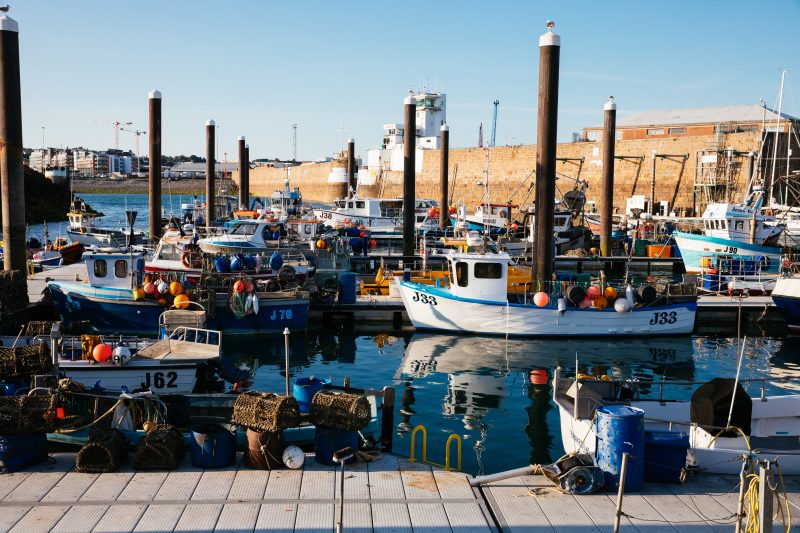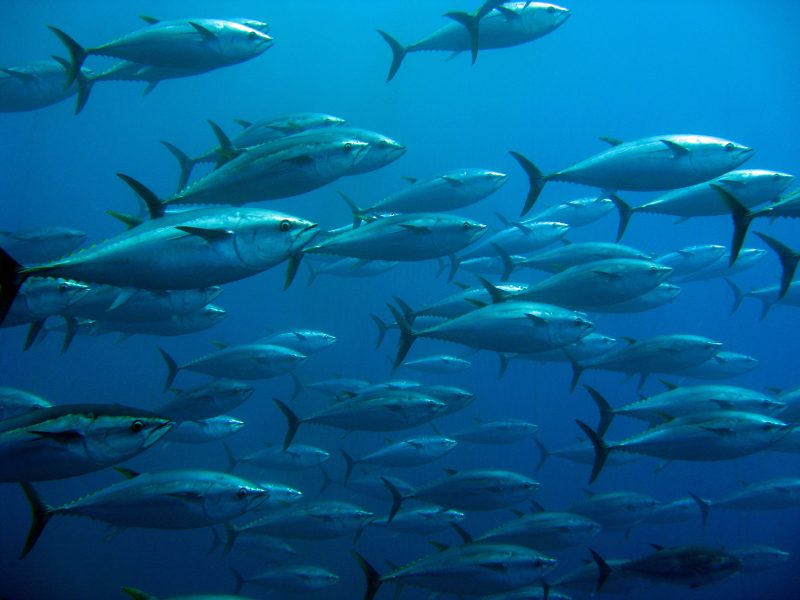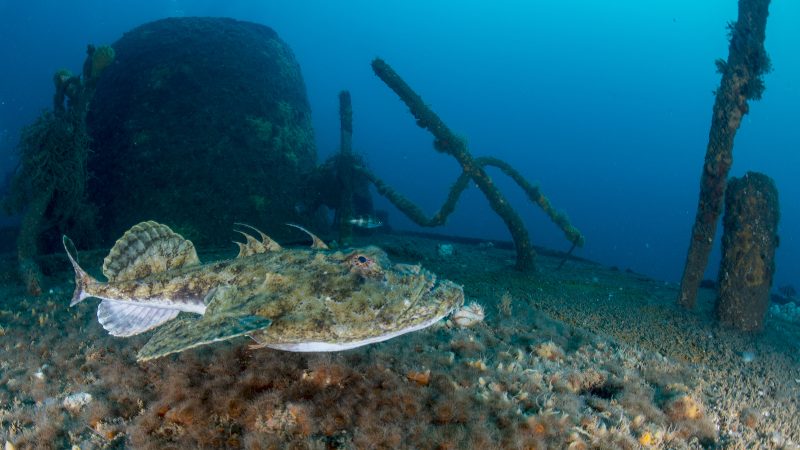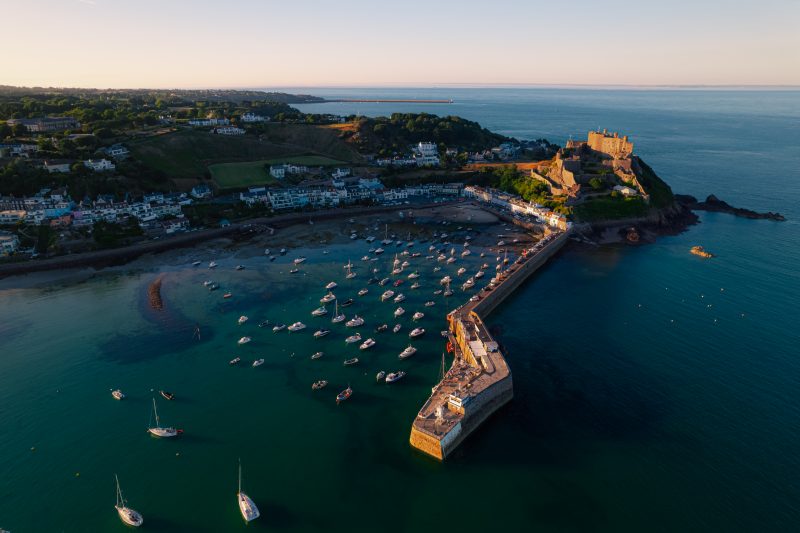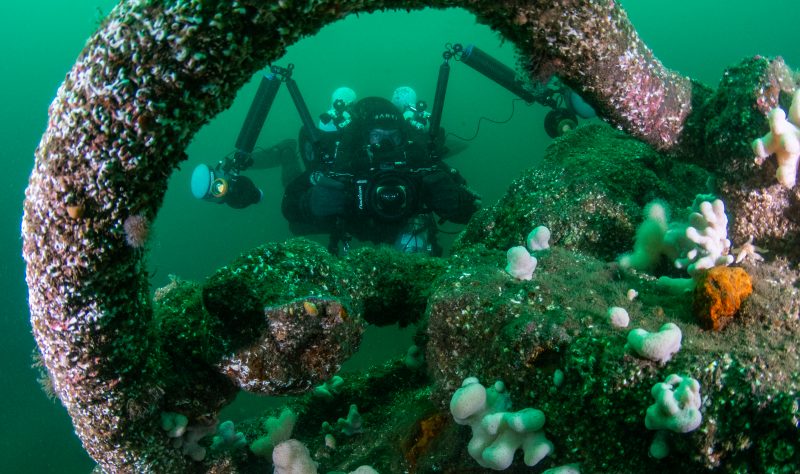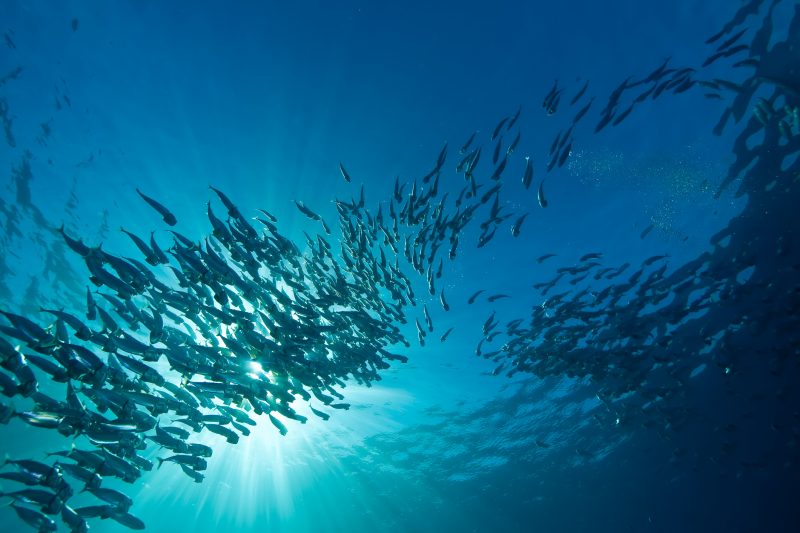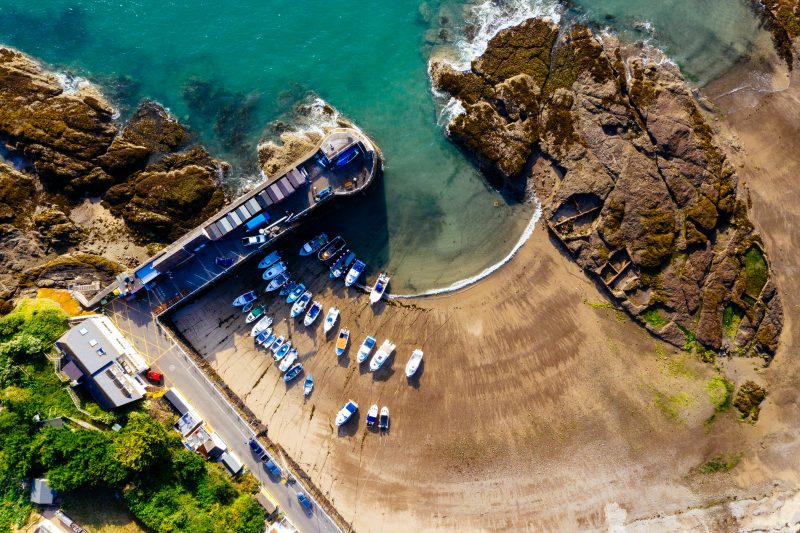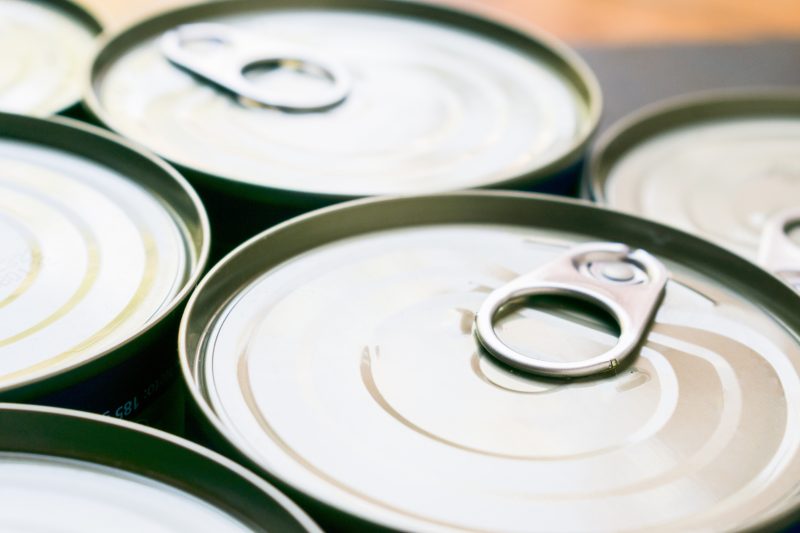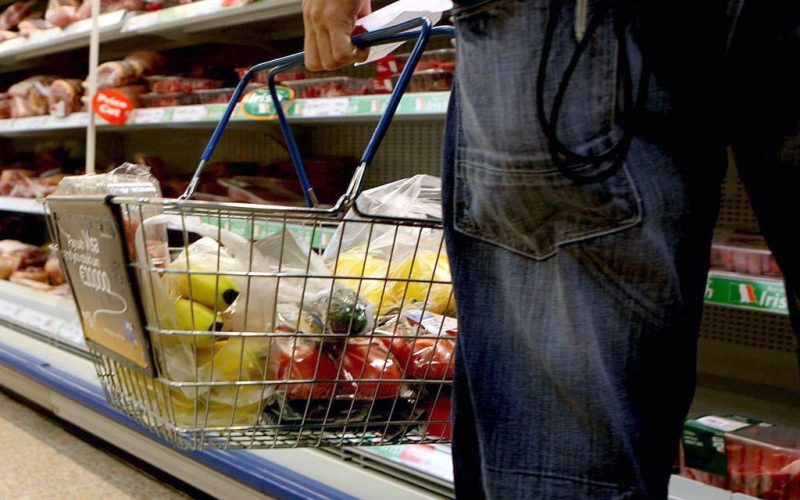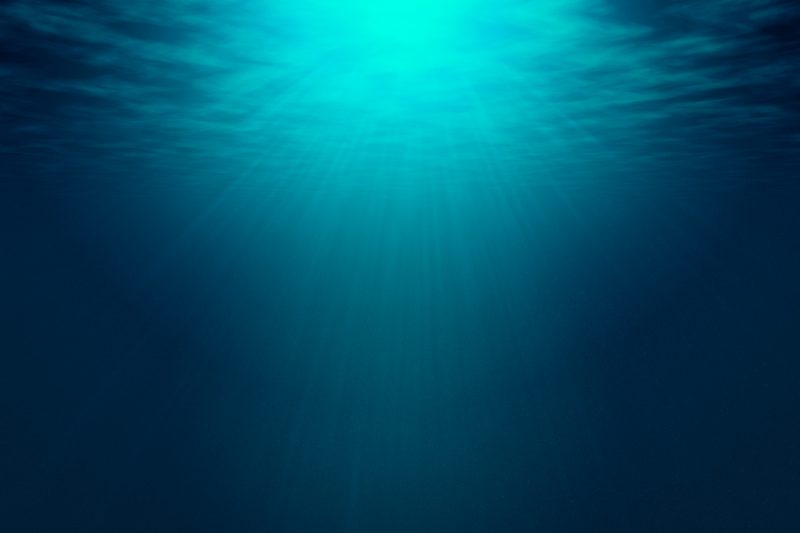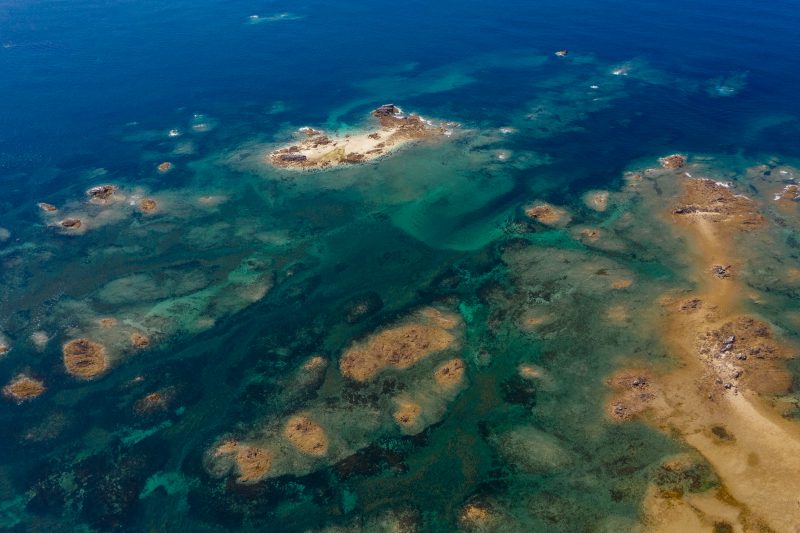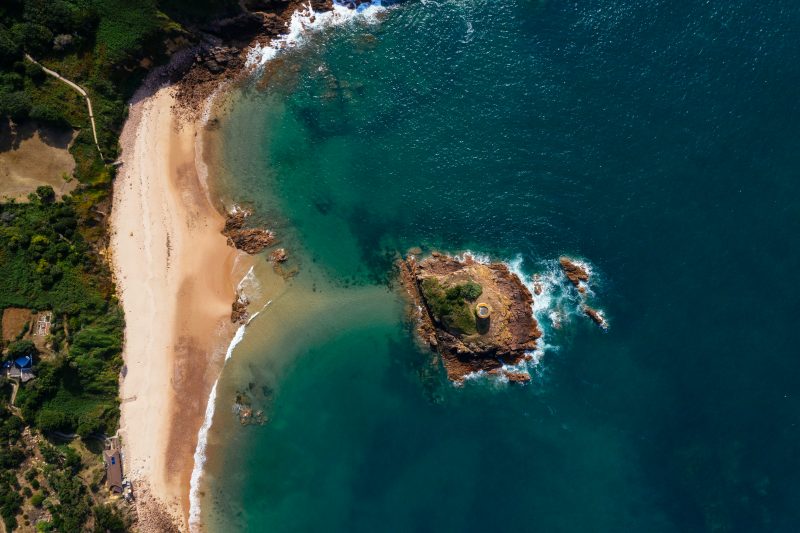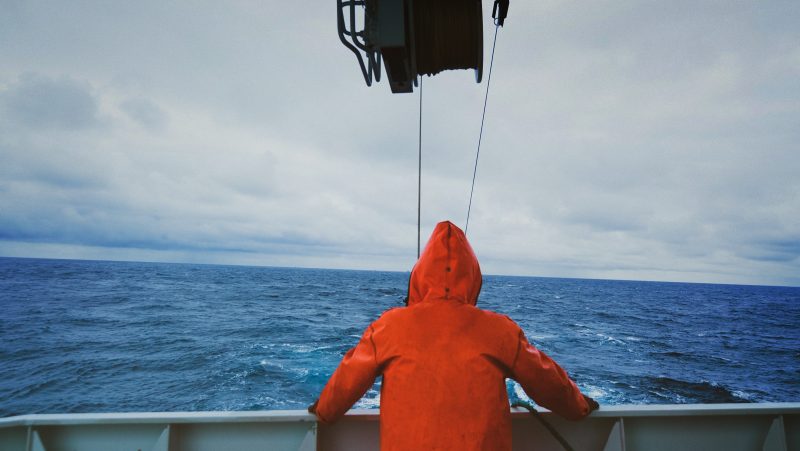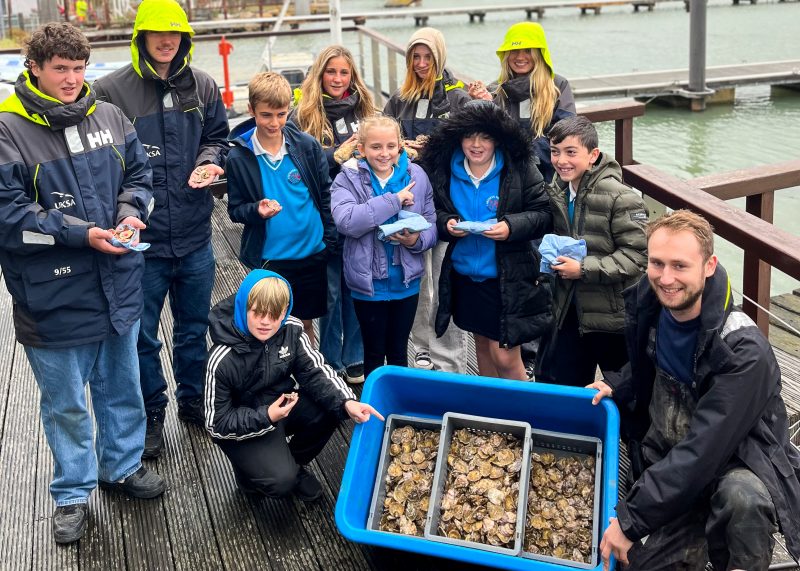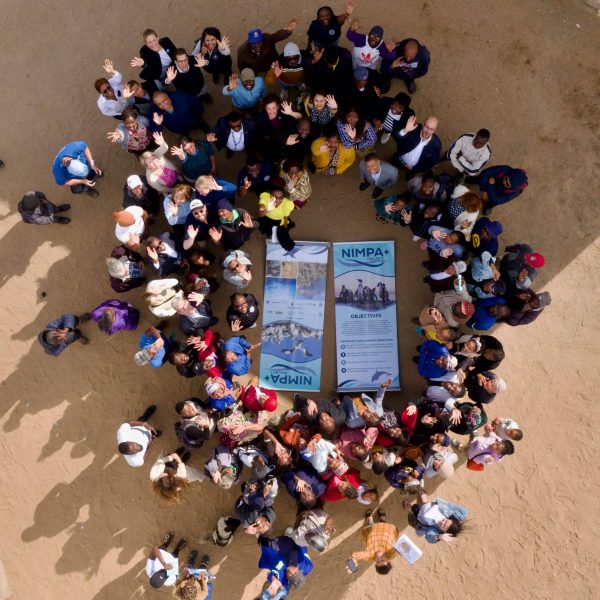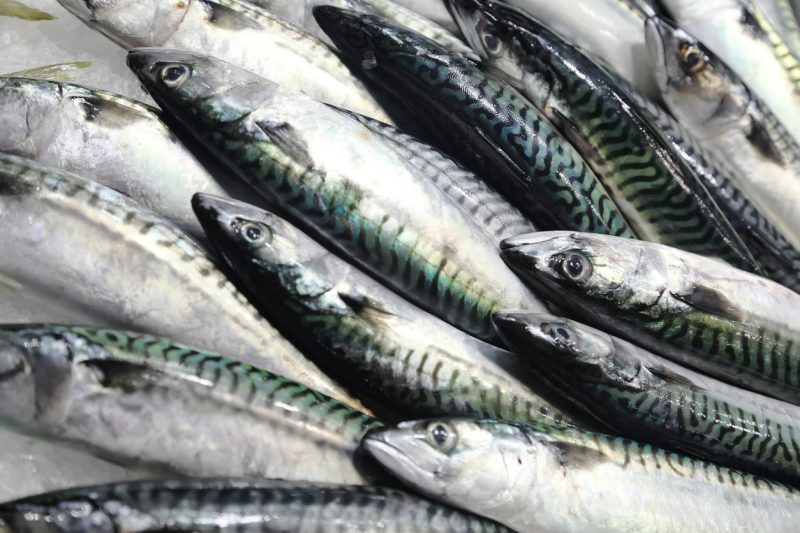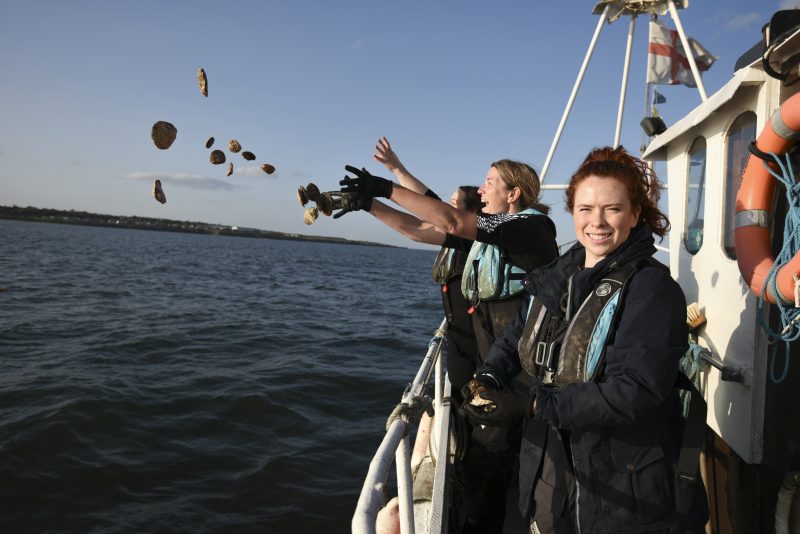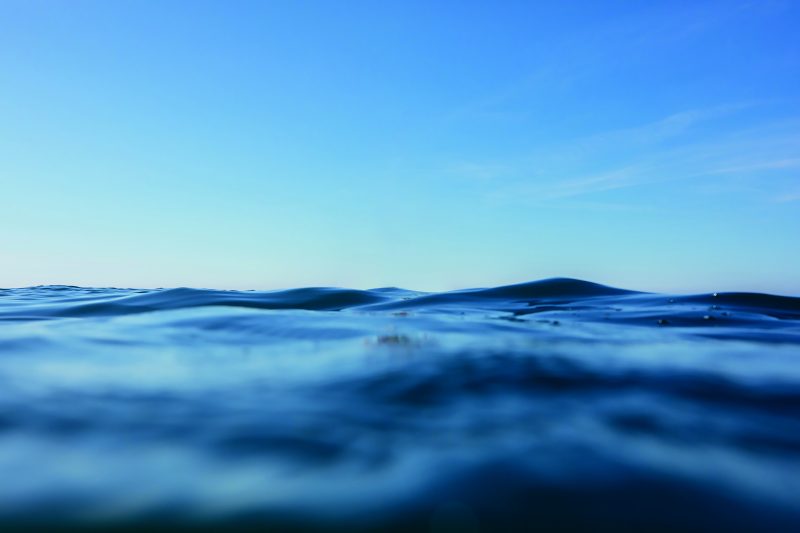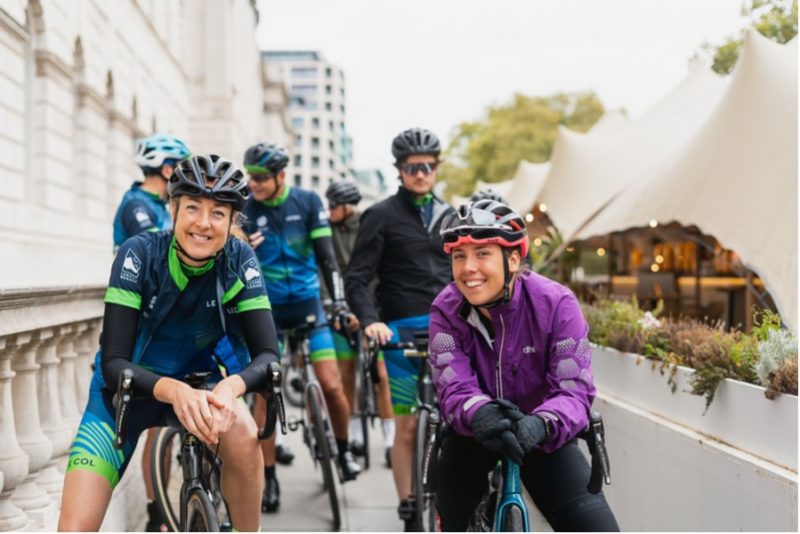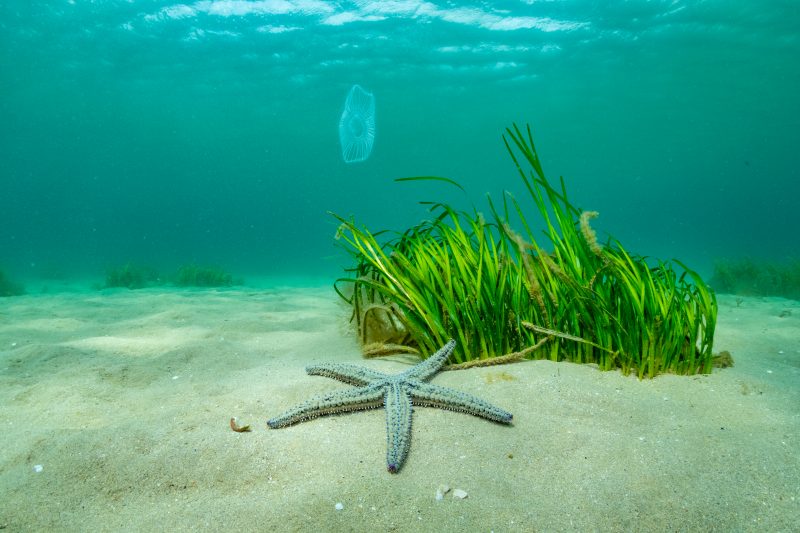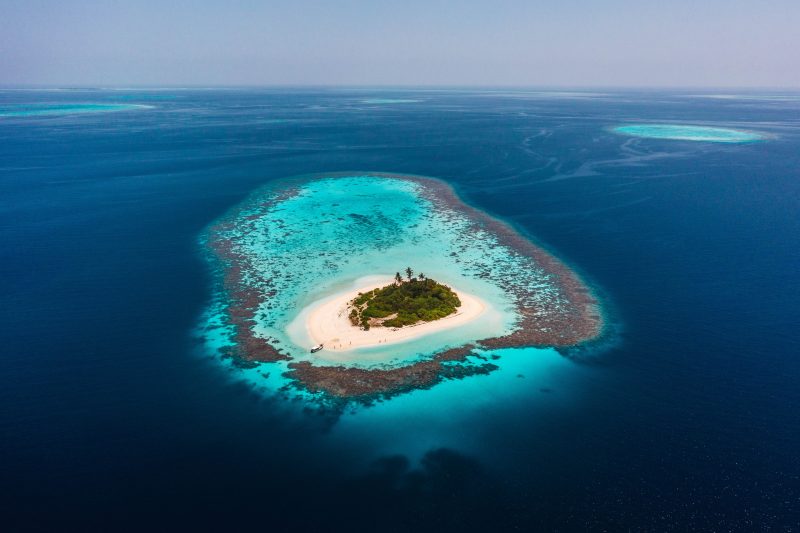I arrived in the Maldives in late January for my third visit since Blue set up its grouper project. I hurried through the airport to catch the local ferry to the island’s capital, Male. The next two days were going to be busy with lots of meetings scheduled in with project partners, collaborators and others to discuss the progress of the project, future plans and further build on the good relationships with our local counterparts.
The ‘Maldives Grouper Fishery and Conservation Project’ is a partnership between the Blue Marine Foundation, the Maldivian Government and Six Senses Laamu.
My meeting with our main government partners in Male, the Marine Research Centre, affiliated with the Ministry of Fisheries and Agriculture went well and the Institute’s Director, Dr Shiham Adam, was encouraged by progress made so far. I also had an interesting meeting with a local grouper exporter, Musthaq, who is currently collecting groupers from Laamu Atoll and who agreed to collaborate with us as part of our work to record grouper size and maturity.


The Grouper Issue
Many species of grouper, important predators on coral reefs, are currently overfished in the Maldives, particularly those targeted for the live fish trade. These are exported to Hong Kong by air (anesthetised) and end up in Asian restaurants, alive in tanks, where they are selected by customers.
Although the grouper trade is legal in the Maldives, over-exploitation since the 1990s has led to a series of management regulations as part of the National Grouper Fisheries Management Plan. Our work involves supporting the implementation of this management plan and collecting evidence that can improve the current regulations. This is especially relevant for the minimum catch size which is currently ineffective for many species, as groupers are caught before they become mature and therefore before they have the chance to breed.
As grouper populations have declined in the central atolls closer to the capital, fishermen have travelled further across the archipelago to more distant atolls to catch the remaining larger fish. The breeding behaviour of groupers also makes them very vulnerable to overfishing. Many groupers form aggregations according to the lunar cycle to spawn, usually in or near to channels where fast currents can disperse the released eggs and larvae. This aggregating in particular places at set times makes them easy targets for knowledgeable fishermen, which in turn can cause populations to quickly diminish when too many of them are taken before they have had the chance to spawn.
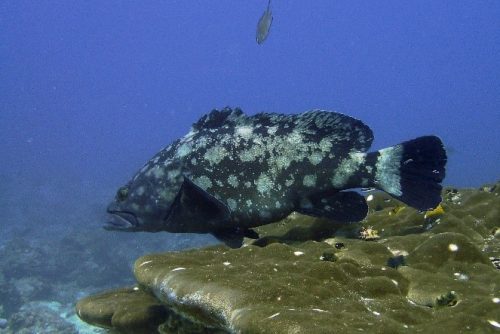

South to Laamu
After a busy few days in Male, I headed south to Laamu Atoll, dodging the steady stream of mopeds as I went to catch up with Blue’s project team, Vivienne Evans and Shaha Hashim who are working on the ground – and in the water. The project’s success is due to the long hours put in by Vivienne and Shaha to get the work programmes up and running, with generous support and assistance from Six Senses Laamu and the resort-based dive operator, Ocean Dimensions.
As well as collecting biological data on grouper populations, mainly through dive surveys in the atoll channels between the lagoon and the open ocean, Shaha and Vivienne have started community-based work, interviewing local fishermen and increasing awareness of the marine environment in local schools using a range of fun and interactive activities. One of these has been to paint a large educational mural on one of the local islands, Maamendhoo, with the full support of the local authority, the Island Council.
Much of the education and awareness work we do is in close collaboration with Six Senses resort and the Manta Trust. By pooling resources we can visit local schools as a ‘marine team’ that can cover a range of marine environmental subjects including groupers, but also more recognised ‘megafauna’ such as turtles and manta rays.
A critical part of our ongoing work is to convince local fishermen that grouper fishing needs better management. To help explain the importance of this, we have developed a leaflet with infographics about grouper biology, spawning behaviour and the use of marine reserves to protect aggregation sites. These leaflets will be given to fishermen during the interview programme. Many local fishers are already concerned about the grouper fishery and do see the need for better management. The fisher interview programme is well underway and generating extremely interesting information about local fishing practices on Laamu Atoll.

Channel Dives
My visit to Laamu also coincided with the new moon period of the lunar cycle, which is the time a number of targeted grouper species form spawning aggregations at particular sites. Our work to identify these important sites and collect detailed information on the groupers that aggregate there has already been documented in one location and we aim to survey at least one more site over the next few months. With this in mind I joined a large dive team made up of staff from Blue, Six Senses, the Manta Trust and Ocean Dimensions to explore a number of potential sites in channels further away from the project base on the resort.
Over two days we completed four dives in three different channels. The first day was overcast with heavy rain, but excellent conditions underwater with good visibility and manageable currents. The second day was picture perfect above water with exciting diving in stronger currents. As the main conduits between the inner lagoon and the ocean, atoll channels are full of marine life. We saw large schools of jacks, snappers and barracuda as well as both whitetip and larger grey reef sharks and some large Humphead Wrasse, a protected species in the Maldives. We identified at least two channels with sites, where we spotted a high number of grouper which suggests that these are likely to be aggregation sites where we can complete more detailed surveys.


On the last day of my visit to Laamu I met the Laamu Atoll Council who are also one of our project partners for specific parts of the work programme. Later that day, I met the Chief of Police for the atoll to discuss enforcement of fisheries regulations at the local level. The Laamu Police and Six Senses are organising a second annual ‘Turtle Festival’ which will be an excellent way of spreading the message of environmental sustainability both for the atoll’s marine environment and for the islands themselves.
I left the Maldives feeling content that the project was very much on schedule and that already we have collected detailed and much-needed information about groupers and the fishery on Laamu that will help to improve management both at the local and national level. The forthcoming six months will continue to be an extremely busy time for the project and I’m glad we have such a great team in place with very supportive partners to help complete this phase of the work. My next trip to the Maldives will be in the summer when I will help the team write up all the information collected to report to donors and present the key findings to the government both on Laamu and in Male.

